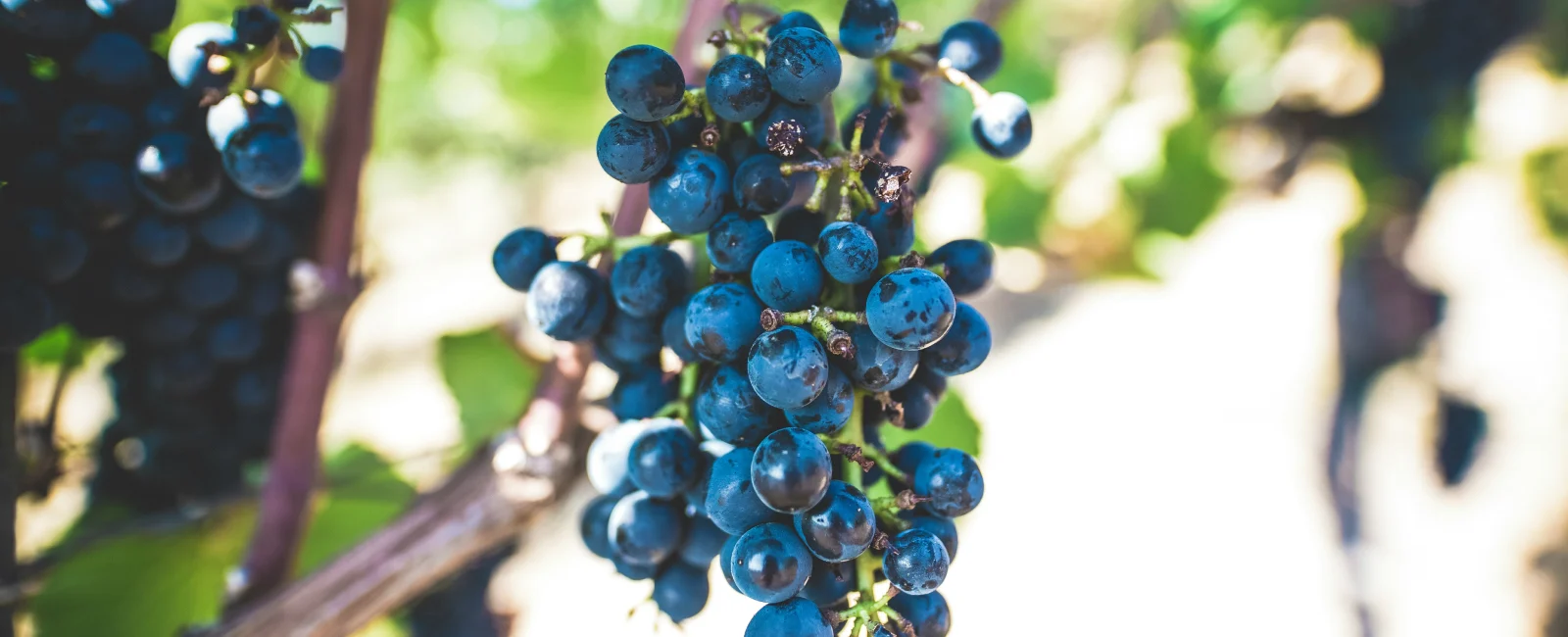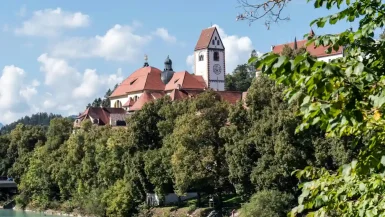Bavaria, known for its stunning landscapes, rich history, and vibrant culture, also boasts impressive wine regions. While many associate Bavaria with beer, the wine scene deserves equal attention. From picturesque vineyards to charming wineries, Bavaria’s wine regions invite exploration. In this guide, we’ll uncover the essence of these regions, focusing on key areas, grape varieties, and wine tourism.
The state’s diverse geography, with its rolling hills and fertile valleys, creates an ideal environment for viticulture. Each region possesses unique characteristics that influence the taste of the wines produced. Furthermore, local traditions and winemaking techniques add depth to the wine culture. Visitors can immerse themselves in the charm of quaint villages that dot the landscape. With so much to discover, Bavaria’s wine regions offer an enriching experience for any wine enthusiast.
A Brief Overview of Bavaria’s Wine Regions
Bavaria, located in southeastern Germany, has a unique climate that supports diverse grape cultivation. The state features several wine-growing regions, each with its distinct character. The primary areas include Franconia, the Upper Palatinate, and Swabia. Each region showcases a variety of wines, offering something for every palate.
Franconia, for example, is famous for its distinct white wines made from the Silvaner grape. The Upper Palatinate, on the other hand, produces a range of both red and white wines, with an emphasis on regional specialties. Finally, Swabia boasts a mix of wines, including the renowned Trollinger and Lemberger varietals.
Franconia: The Heart of Bavaria’s Wine Culture
The Landscape and Climate
Franconia, or Franken, is the most famous wine region in Bavaria. Its rolling hills, limestone soils, and temperate climate create ideal conditions for viticulture. Vineyards stretch across the landscape, with some dating back to the Roman era. The region benefits from the Main River, which helps moderate temperatures, allowing grapes to ripen fully. Moreover, the scenic villages and towns scattered throughout Franconia enhance the overall experience of wine tourism.
Rich traditions run deep here, with winemakers often incorporating age-old techniques into their processes. Each vineyard possesses its unique charm, inviting visitors to explore and taste. Festivals throughout the year celebrate the local harvest, creating lively atmospheres filled with music and merriment. Furthermore, Franconia’s wine cellars, many located in picturesque towns, offer a glimpse into the region’s storied past. Finally, the warm hospitality of the locals ensures that every visitor leaves with memorable experiences and newfound knowledge about Bavarian wines.
Key Grape Varieties
Silvaner leads the charge in Franconia. This white grape variety flourishes in the region’s unique terroir. It produces wines that are crisp, refreshing, and often exhibit notes of green apple and herbs. These wines pair exceptionally well with local cuisine, enhancing the dining experience. The delicate balance of acidity and fruit makes Silvaner a versatile choice for many dishes. Wine lovers often seek out older vintages, which can develop complex flavors over time.
Riesling, another notable grape, thrives in Franconia. This variety delivers a range of styles, from dry to sweet. The wines often feature floral aromas and vibrant acidity. Its ability to reflect the terroir makes each bottle a unique expression of the land. Riesling is particularly well-suited to pair with spicy Asian dishes and rich cheeses, highlighting its adaptability. Moreover, this grape’s aging potential allows collectors to enjoy it for many years, developing a rich character.
Finally, local red varieties such as Spätburgunder (Pinot Noir) and Dornfelder showcase the region’s versatility. These reds typically display fruit-forward profiles with subtle tannins. Spätburgunder, known for its elegance, often reveals notes of cherries and raspberries. Meanwhile, Dornfelder adds depth with its dark fruit flavors and slight spiciness. Together, these varieties enrich the wine offerings in Franconia, ensuring there’s something for every wine enthusiast to enjoy.
Iconic Wineries to Visit
When exploring Franconia’s wine region, several wineries stand out. One notable option is Weingut Hans Wirsching, known for its exquisite Silvaner wines. Visitors can tour the vineyard, taste various offerings, and learn about sustainable farming practices. Read more about sustainable travel ideas in Bavaria.
Another gem is Weingut Gutzler, which combines tradition with innovation. Their wines consistently receive accolades, making them a must-visit. Don’t forget to stop by their charming wine tavern for a delightful tasting experience.
The Franconian Wine Route
The Franconian Wine Route, or Frankenwein Straße, meanders through stunning landscapes and picturesque villages. This route connects numerous wineries, making it easy to explore the region.
As you drive along the route, stop at charming villages like Würzburg and Iphofen. These towns offer rich history, beautiful architecture, and local culinary delights. Pairing regional dishes with Franconian wines creates an unforgettable experience.
The Upper Palatinate: Hidden Treasures of Bavaria
Unique Geography and Climate
The Upper Palatinate, or Oberpfalz, remains relatively unknown compared to Franconia. However, this region offers a unique wine experience. Its diverse landscape features rolling hills, forests, and rivers.
The climate varies, with warmer areas producing robust reds and cooler spots favoring elegant whites. This diversity results in a range of wine styles that delight adventurous palates.
Notable Grape Varieties
In the Upper Palatinate, traditional grape varieties thrive. Bacchus, a cross between Riesling and Müller-Thurgau, showcases floral and fruity characteristics. This white wine pairs beautifully with light dishes, enhancing the dining experience.
Regent, a relatively new red variety, flourishes in the region. Its rich color and fruity notes make it a favorite among local winemakers. You’ll find many Upper Palatinate wines feature these varietals, showcasing the region’s commitment to quality. The Upper Palatinate’s unique terroir contributes to the distinctive flavors of these wines, making them stand out. Additionally, local vintners embrace sustainable practices, ensuring that each bottle reflects the environment. With its focus on quality and tradition, this region invites wine enthusiasts to explore its hidden gems. Finally, wine tastings often include local delicacies, enhancing the overall experience and creating perfect pairings.
Exploring Wineries and Wine Festivals
As you discover the Upper Palatinate, be sure to visit Weingut Lutz, known for its family-run charm and high-quality wines. Their warm hospitality and informative tours provide insight into the winemaking process.
Additionally, the Weinfest in Amberg showcases the region’s wine culture. This annual festival attracts visitors from near and far. Local wineries present their best wines, accompanied by delicious food.
Wine Trails and Outdoor Activities
The Upper Palatinate boasts several wine trails, perfect for exploring on foot or by bike. The Bavarian Wine Trail offers scenic routes that connect vineyards and charming villages. Enjoy breathtaking views as you sample wines along the way.
For outdoor enthusiasts, the region’s forests and rivers provide ample opportunities for hiking and cycling. Pair your adventures with wine tastings for a complete experience.
Swabia: A Blend of Tradition and Modernity
Swabia’s Wine Landscape
Swabia, or Schwaben, is another essential wine region in Bavaria. Its vineyards thrive in the warm, sunny climate, producing high-quality wines. The region features a mix of traditional and modern winemaking techniques.
Swabia’s diverse geography includes hilly terrains and fertile plains, providing an excellent environment for various grape varieties.
Key Grape Varieties
In Swabia, Trollinger takes center stage. This red grape produces light, fruity wines that pair well with local cuisine. Additionally, Lemberger offers a richer alternative, with deep color and robust flavors.
On the white side, Müller-Thurgau and Riesling dominate the vineyards. These varietals produce crisp, aromatic wines perfect for warm summer days.
Must-Visit Wineries and Experiences
While exploring Swabia, be sure to visit Weingut Storz. Known for its innovative approach, Storz produces exceptional wines that reflect the terroir. Take part in a guided tasting to discover their diverse offerings.
Don’t miss the Weinfest in Ulm, where local wineries showcase their best wines. Enjoy live music, traditional food, and vibrant atmosphere. This festival offers a taste of Swabian wine culture at its finest.
Scenic Wine Trails
Swabia features scenic wine trails, perfect for leisurely walks. The Swabian Wine Route winds through vineyards, forests, and charming villages. As you walk, enjoy breathtaking views of the landscape.
Along the route, stop at local eateries to savor Swabian dishes. Pairing traditional cuisine with regional wines enhances the experience and showcases the area’s rich culinary heritage.
Wine Tourism in Bavaria: Tips for Travelers
Planning Your Wine Journey
When planning your wine tour in Bavaria, consider visiting during the harvest season, which typically occurs from late September to October. This period offers a vibrant atmosphere, with many wineries hosting events and tastings.
Additionally, check local wine festivals, which showcase regional wines and local cuisine. These events provide an excellent opportunity to taste various wines and meet local winemakers. Read more about Bavarian festivals.
Transportation and Accessibility
While exploring Bavaria’s wine regions, consider renting a car for flexibility. This allows you to visit multiple wineries at your own pace. Many vineyards also offer guided tours that include transportation, making it easy to enjoy tastings without worrying about driving.
Alternatively, public transportation options, including trains and buses, connect major towns and cities. This allows for a more eco-friendly approach to wine tourism.
Wine Tasting Etiquette
When visiting wineries, remember a few key points of etiquette. First, always schedule your tastings in advance, especially during peak seasons. This ensures you receive the best experience and avoid overcrowded situations.
Next, taste mindfully. Take your time to savor each wine, noting its unique characteristics. Don’t hesitate to ask questions; winemakers often enjoy sharing their passion and knowledge.
Pairing Food with Bavarian Wines
Pairing food with wine enhances the tasting experience. Bavarian cuisine features hearty dishes that complement local wines beautifully. Try pairing Silvaner with white asparagus or Riesling with spicy Asian dishes.
For reds, enjoy Trollinger with grilled meats or Lemberger with hearty stews. The possibilities are endless, and experimenting with pairings can lead to delightful discoveries. Additionally, consider serving a refreshing Bacchus with a light salad drizzled in citrus vinaigrette. This combination allows the wine’s floral notes to shine while balancing the dish’s acidity. For a more decadent pairing, indulge in a rich duck confit alongside a robust Regent. The wine’s fruitiness enhances the savory flavors of the duck, creating a memorable experience. Don’t forget dessert! A sweet Riesling can elevate a fruit tart, enhancing the overall flavor profile. Ultimately, the journey of pairing food and wine invites creativity, making each meal an exploration of Bavaria’s culinary and vinous treasures.
Conclusion: Embrace the Charm of Bavaria’s Wine Regions
Discovering Bavaria’s wine regions offers an enriching experience for both seasoned wine lovers and newcomers. With diverse landscapes, unique grape varieties, and welcoming wineries, the regions invite exploration.
As you traverse Franconia, the Upper Palatinate, and Swabia, immerse yourself in the rich culture and tradition of Bavarian winemaking. Whether you savor crisp Silvaner, fruity Trollinger, or bold Regent, each sip tells a story of the land and its people.
In conclusion, Bavaria’s wine regions provide a delightful alternative to the state’s famed beer culture. So pack your bags, hit the road, and let the charm of Bavaria’s vineyards captivate you. Your journey through Bavaria’s wine regions awaits, promising unforgettable experiences and memories.




